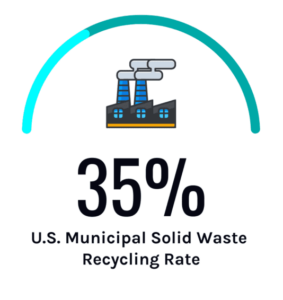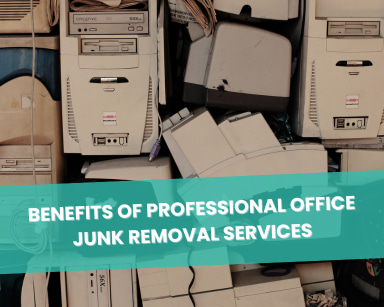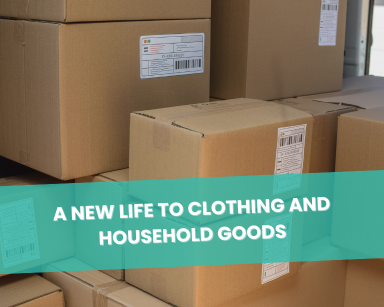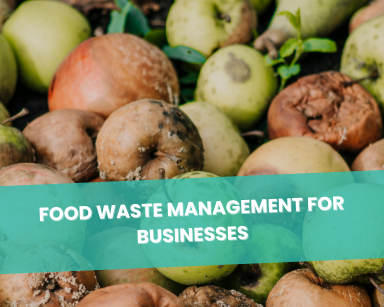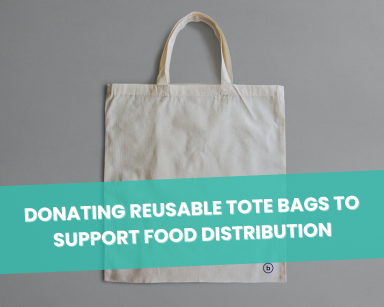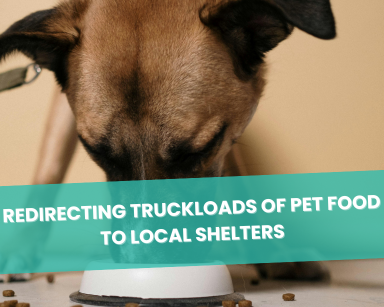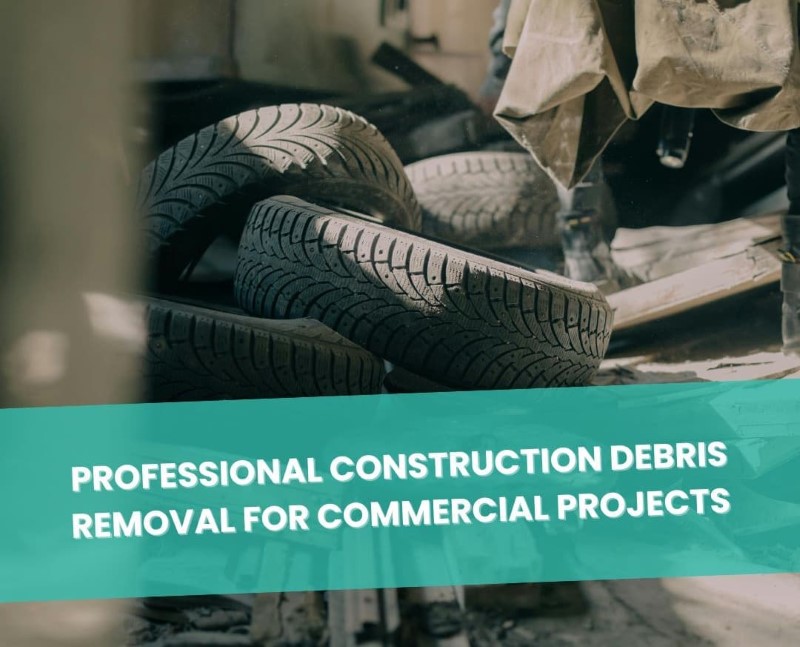Beneficial reuse: How Can We Reuse Hazardous Waste and What is the Best Way to Reduce It?
Somewhere In the bustling streets of a city that never sleeps, a small community garden blossoms amidst the concrete jungle, a testament to the transformative power of beneficial reuse. Picture this: materials that were once discarded, deemed as ‘waste,’ now breathe life into a space, fostering community, sustainability, and a beacon of hope for a greener future. A report from Harris Williams, dated March 30, 2023, unveils a world where beneficial reuse and the circular economy are not mere concepts but pivotal frameworks, steering the wheels of modern waste management towards sustainability and resource optimization.
Table of Contents
The Real Cost of Traditional Waste Management
Being In the shadows of the economic boom, the environmental and financial repercussions of traditional waste management methods linger, often unnoticed yet significantly impactful. Sanitary landfills, while seemingly a solution, are ticking time bombs, with methane emissions and potential groundwater contamination posing silent threats to our environment and health. The economic implications extend beyond mere dollar values, embedding hidden costs from transportation to environmental damage mitigation.
The Staggering Numbers Behind Waste Generation
In 2023, the world witnessed an overwhelming generation of municipal solid waste, with reports indicating about 2.01 billion tons produced globally each year. These numbers are not just statistics on a page; they represent the tangible impact of our consumption patterns and waste management practices. To put it into perspective:
- The solid waste management market size surpassed USD 1 Trillion in 2019.
- The global waste management market was valued at a whopping USD 1,352.83 billion in 2022.
- Despite advancements, the municipal solid waste (MSW) recycling rate in the US remains as low as 35%.
These figures underscore the urgency of adopting sustainable waste management practices, with beneficial reuse emerging as a frontrunner in this endeavor.
Understanding Beneficial Reuse
Peeling back the layers of beneficial reuse, we uncover a strategy that transcends mere waste management, morphing into a philosophy that intertwines sustainability with societal impact. It’s not merely about managing solid waste but ingeniously transforming solid by-products into resources that fuel community development and environmental conservation. It’s a paradigm shift from viewing waste as a problem to seeing it as a potential solution, a resource waiting to be tapped into.
The Lesser-Known Dangers of Hazardous Waste
The Iowa landfill incident, a hypothetical yet plausible scenario, serves as a stark reminder of the perils of improper waste management. Such incidents, while not always making headlines, can cascade into environmental catastrophes, disrupting ecosystems and jeopardizing human health.
The silent adversary, hazardous waste, doesn’t just linger in landfills but permeates our soil, air, and water, crafting a web of challenges that extend from environmental degradation to public health crises.
A Glimpse into Waste Management
Europe, often considered a benchmark in sustainable practices, offers insights into the challenges and successes of waste management. According to 2021 statistics:
- 49.6% of all municipal waste in the EU is recycled or composted.
- This marked an increase of 3.6 percentage points from previous years, indicating a positive trajectory.
While Europe’s strides are commendable, they also highlight the global disparity in waste management practices and the need for a unified, global approach.
The Role of the Waste Generator and End User
Waste generators and end users, the pivotal players in the waste management chain, wield the power to either amplify the waste crisis or pivot towards sustainable solutions like beneficial reuse. Their choices, often influenced by regulatory frameworks, economic incentives, and societal pressure, can sculpt the trajectory of our waste management future, potentially steering us towards a path where waste becomes a resource rather than a burden.
The Community-Centric Approach of Beneficial Reuse
Beneficial reuse, while championing waste reduction, also sews the seeds of community development and support. It’s a narrative where discarded items become treasures in disguise, providing much-needed resources to communities and individuals in need. The stories are real and heartwarming: a family receiving essential furniture, a school being supplied with necessary materials, and communities being uplifted, all through the strategic, beneficial reuse of what was once deemed ‘waste.’
Why Beneficial Reuse is the Future
Companies like Happen Ventures are not just practicing but exemplifying the monumental potential of beneficial reuse. With staggering figures like over 60,000 tons diverted and over $650M of goods reused, they illuminate the path towards a future where waste is not an endpoint but a beginning.
It’s a future where economic, environmental, and social benefits coalesce, crafting a narrative where sustainability is not a choice but an intrinsic part of our societal and business models.
The Bottom Line
As we stand at the crossroads of environmental challenges and sustainable solutions, beneficial reuse emerges not just as a strategy but as a philosophy, a way of rethinking, redefining, and reshaping our approach towards waste. In the future, we’ll see every discarded item as an opportunity, creating a world where sustainability, community, and resource optimization thrive together.

